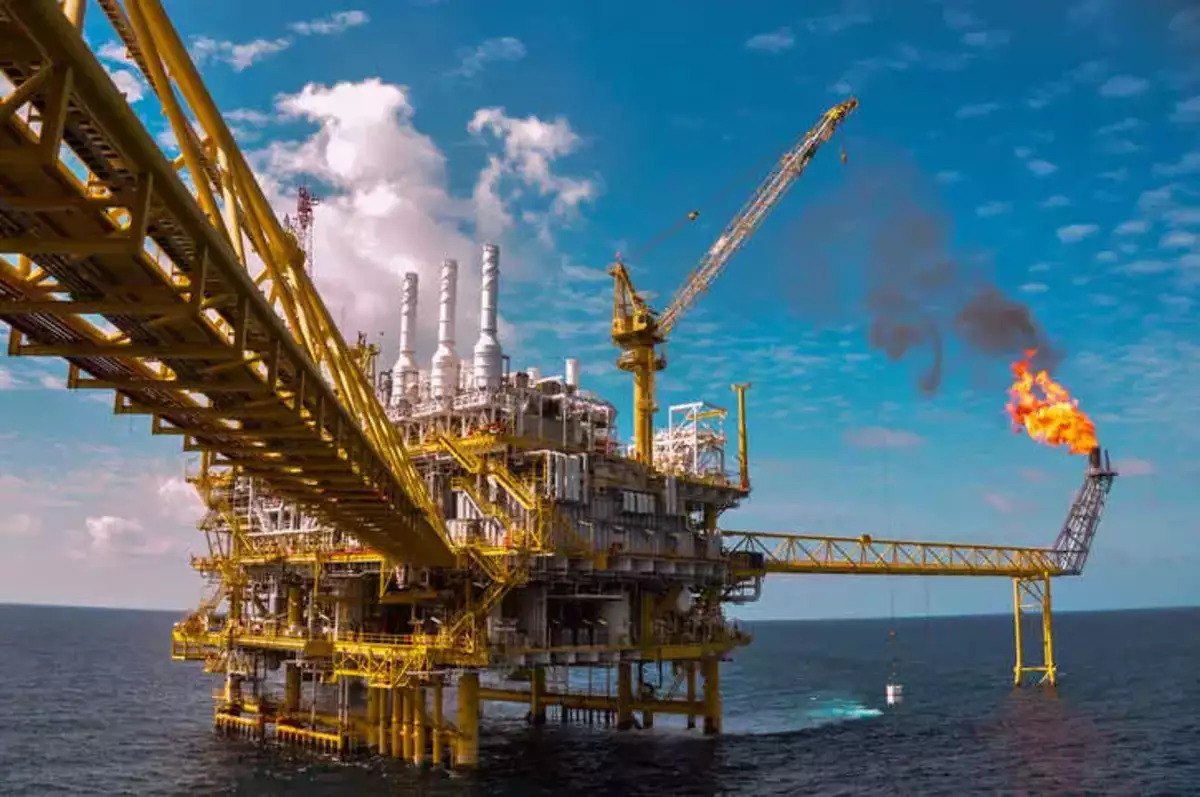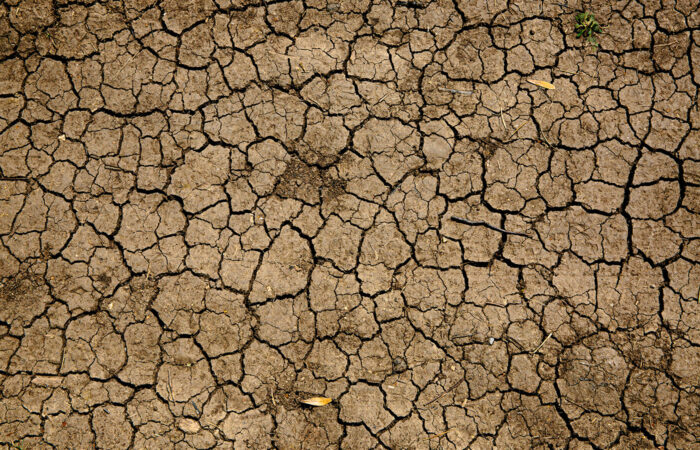Charles Ellinas
Energy Minister, George Papanastasiou, initiated a debate around natural gas immediately following his appointment. In line with government goals, he has prioritized bringing natural gas to the island with the emphasis on reducing electricity prices and spearheading LNG exports, particularly to Europe. This culminated with the energy workshop held in Nicosia on 29-30 May.
The Minister declared the workshop a “great success”, with interest expressed for the construction of a gas pipeline linking Israel and Cyprus. This will be followed-up during his forthcoming visit to Israel on 14-15 June to negotiate an intergovernmental agreement for the natural gas pipeline, but also to discuss the second leg of the EuroAsia electrical interconnector between Israel and Cyprus.
Meanwhile, in Europe, Commission President von der Leyen, said that a future “growth model centred on fossil-fuels is simply obsolete.” The EU is well on the way to reduce gas and oil consumption by 30% by 2030 and does not need any new gas. European energy utilities are no longer entering into log-term gas-purchase contracts.
But let’s examine the key factors affecting gas developments in Cyprus’ EEZ and in Israel, and their impact on bringing gas to the island.
Developments in Cyprus’ EEZ
The Energy Minister placed emphasis on expediting development of the Aphrodite gasfield, playing down exports to Egypt and prioritizing options that bring gas to the island. On Friday last week Chevron handed to the Minister an updated plan for the development of Aphrodite. This was subsequently submitted formally by Chevron’s partner NewMed on Wednesday for approval by the government.
The plan is based on “the production of natural gas from the field, with its treatment to be carried-out via the establishment of a subsea pipeline to be connected to existing offshore and onshore infrastructure in Egypt,” possibly to be completed by 2028. The use of existing infrastructure in Egypt improves the economics of the development. But there is no reference to a pipeline to carry gas to Cyprus. In addition, Chevron still has to complete the crucial second appraisal drilling of Aphrodite, expected in 2-3 months, and evaluate the results later this year.
ExxonMobil has no immediate plans to develop Glafkos in block 10 and plans to continue exploration in block 5. Its plans are longer-term and are contingent on making more discoveries.
Eni and Total have not announced any immediate plans. It is likely that first they will carry-out appraisal drilling of Calypso in block 6, but they have not yet announced a date. In addition, the recent position of Eni’s CEO, Claudio Descalzi, about Turkey and regional frictions has cast a shadow. Otherwise, as, and when Eni is ready to announce a development plan, it is likely to be based on connection of the block 6 gasfields by subsea pipeline for treatment and export using Zohr’s under-utilised facilities in Egypt.
None of the companies in Cyprus’ EEZ are in a hurry to proceed with any gas developments in the near future and certainly not in time to contribute to the government’s immediate gas goals.
Gas developments in Israel
In Israel, Chevron is in the process of expanding gas production at both Tamar and Leviathan. But according to the Middle East Economic Survey (MEES), in addition to supplying more gas to Israel’s growing domestic gas market, Chevron and its partners are working on plans to more than double gas exports to Egypt to 20 bcm/year by 2027.
In parallel with this, Chevron is carrying out studies to install a floating LNG facility (FLNG) over Leviathan to produce 4.6 million tons/year of LNG for export to global markets.
All new gas from Tamar and Leviathan is earmarked for these projects. Supply of gas to Cyprus does not feature in these plans.
The only other gas producer in Israel is Energean. Over the last few years, Energean made several offers to export gas to Cyprus by pipeline, both for Cyprus’ domestic gas market and for exports by using an FLNG to liquefy the gas at Vasilikos. But such offers were contingent on the company making sufficient new gas discoveries to justify such projects.
Unfortunately, so far, Energean’s new proven discoveries at the Olympus Area in Israel’s block 12 are small, amounting to only 31 bcm – about a quarter of Aphrodite’s. According to MEES, the company has decided to tie these small gasfields back to the Energean Power FPSO (Floating Production Storage Offloading). This gas would initially target domestic customers. Any excess output could target Jordan and Egypt, with some of that gas potentially earmarked for export as LNG from Egypt’s liquefaction facilities.
Energean confirmed that “exports to Cyprus remain an option, provided new pipeline infrastructure is developed by third-parties.”
Certainly, the amount of gas available for export is insufficient to supply more than one or possibly two of these options. But with many export options on the table, Energean will most likely opt for the most profitable choices. It would expect a long-term contract, likely for 20 years on a ‘take-or-pay’ basis, with sufficient gas quantities to justify the investment, not less than 0.5 bcm/year.
And there lies a conundrum. Not only Energean is now considering other export options, but it is not interested in building a pipeline to Cyprus. This will have to be constructed by others. One such company that participated at the energy workshop in Nicosia is INGL – Israel’s state-owned pipeline company.
Cyprus’ energy Minister said after the workshop that an Israeli company expressed interest to construct a subsea gas pipeline from Israel to Cyprus. INGL is a potential candidate, but it would need to find investors in such a project as well as secure gas.
Cyprus’ gas needs
The amount of gas Cyprus needs to replace oil-products for power generation is about 0.85 bcm/year. Given EU’s new climate targets, that Cyprus will have to adopt, by 2030 this will drop considerably. If, for example, renewables reach 50% of power generation by 2030 (the EU target is about 62%), gas needs are likely to amount to not more than 0.5 bcm by 2030. This is not enough to support both an import gas pipeline and the import of LNG using an FSRU at Vasilikos.
The latter is likely to be ready next year, at a total cost exceeding €325 million. How are the loans and investments going to be recovered?
While considering its gas options – which are not under its control – Cyprus should expedite the projects needed to upgrade the grid, install battery storage and interconnectors, to maximise the adoption of renewables – which are under its full control. Grid bottlenecks are delaying transition to renewables.
Evidently, Cyprus’ energy conundrum has too many conflicting parts. It urgently needs an energy plan.
Charles Ellinas is Senior Fellow at the Global Energy Centre of the Atlantic Council. This piece is posted on the blog of the Cyprus Economic Society https://cypruseconomicsociety.org/blog/blog-posts/




